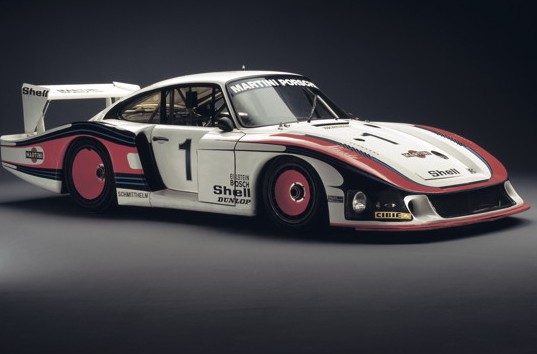Thought of the day: Porsche’s great engine room achievers
Michael Maurer’s work in reintroducing the swelling hips and physical presence of the 991, not seen since the 993, is admirable. If you look back at the evolution of the 911, those quintessential lines that link the nose to the tail have not changed in 48 years. This is an incredible feat; what had to change, though, was under the skin, and we’ve since witnessed the evolution of an engine that rose from 130hp at 6,100rpm in 1964 to a burgeoning 350hp at 7,400rpm in 2011 in standard form. On top of that was the challenging quantum transition from air to water cooling.
This could only have developed from a consistency in staff. In these constantly changing times, loyalties – be they personal or corporate – are often thrown out of the window. It’s a case of dog-eat-dog and survival of the fittest. After all, how often do we hear of a commitment of any description lasting longer than five years? It is the antithesis of Warren Buffett’s snowball effect, wherein an investment in either time or money compounds its potential rewards.
In stark and inspirational contrast to the above is the dogged loyalty and passion displayed by the subjects in my previous column, Ferdinand Alexander Porsche and Anatole Lapine. Between them they posted 80 years of joint service to Porsche. By today’s standards, a person who believed in changing jobs after a five-year cycle would have done so 16 times! The difference is enormous.
The same can be said of Jürgen Barth, Norbert Singer and Hans Mezger, who together with Barth’s father, Edgar, have given over 100 years of service to the ultimate automotive cause. I believe that it was the enduring qualities of these men, along with others, that contributed not only to Porsche as a whole, but pertinently to the survival of the 911.
Although Porsche’s participation in motorsport is not followed by all 911 drivers, it is a vital component in marketing their cars, as well as developing and honing engine and handling performance. It truly improves the breed, while the sustained exposure of vehicles in their liveries also helps. As an old adage says, ‘What wins on a Sunday, sells on a Monday’.
Few can forget the Gulf blue 917s, the Rothmans royal blue 956s, the stag-horned orange Jagermeister 934s or the patriotically flagged red, white and blue Martini 935s.
Porsche people are not clock watchers, and Barth, Singer and Mezger are among them. These men used motorsport to instill and enhance their love for Porsche, the result of which is the much-talked about achievements in the engine room from ‘64 until now.

Just as Ferry had been an extension of his father, Ferdinand, Jürgen continued Edgar Barth’s legacy in Porsche’s world of racing. The really interesting thing is that Jürgen, up to the age of 14, remained indifferent to his father’s passion for motorsport – it was only when he filled in for someone doing pit and timing duties for his dad at the Nürburgring that he realised the joy of sharing this passion with Edgar, and the bug had bitten.
Barth had enormous respect for his colleagues at Porsche, where decorated engineer Singer remains. They collaborated on many projects, including the GT1, the endorsement of which was given by Wendelin Wiedeking, who did not always share their enthusiasm for the track. Singer played a mammoth role in ensuring the company’s survival in 1973, when the Porsche board had planned to terminate 911 production. Of equal significance was the superb teamwork that was displayed by both Barth himself and Mezger in the development of the iconic Moby Dick (or 935/78). It was in this development that Barth displayed an uncanny knack for creatively interpreting FIA rules, which went a long way to increasing the streamlining of the car.
The last of the engine room achievers, as mentioned earlier, Mezger joined Porsche in 1956 and enjoys a provenance that goes back to the development of the first 911 – the 901 (because of a licensing dispute with Peugeot, the ‘zero’ was later replaced with the more familiar ‘one’). Some 24 years later, working with Singer and Barth on the Moby Dick, his team developed a water-cooled engine for the first time. It also seems appropriate that Jürgen Barth was the first to drive the finished Moby, too.

So there you have it: the engineer (Mezger), the designer (Singer) and the driver that took it to the people (Barth). Three men who perhaps influenced the development of the iconic 911 more than most in the last 50 years.


Comments (0)